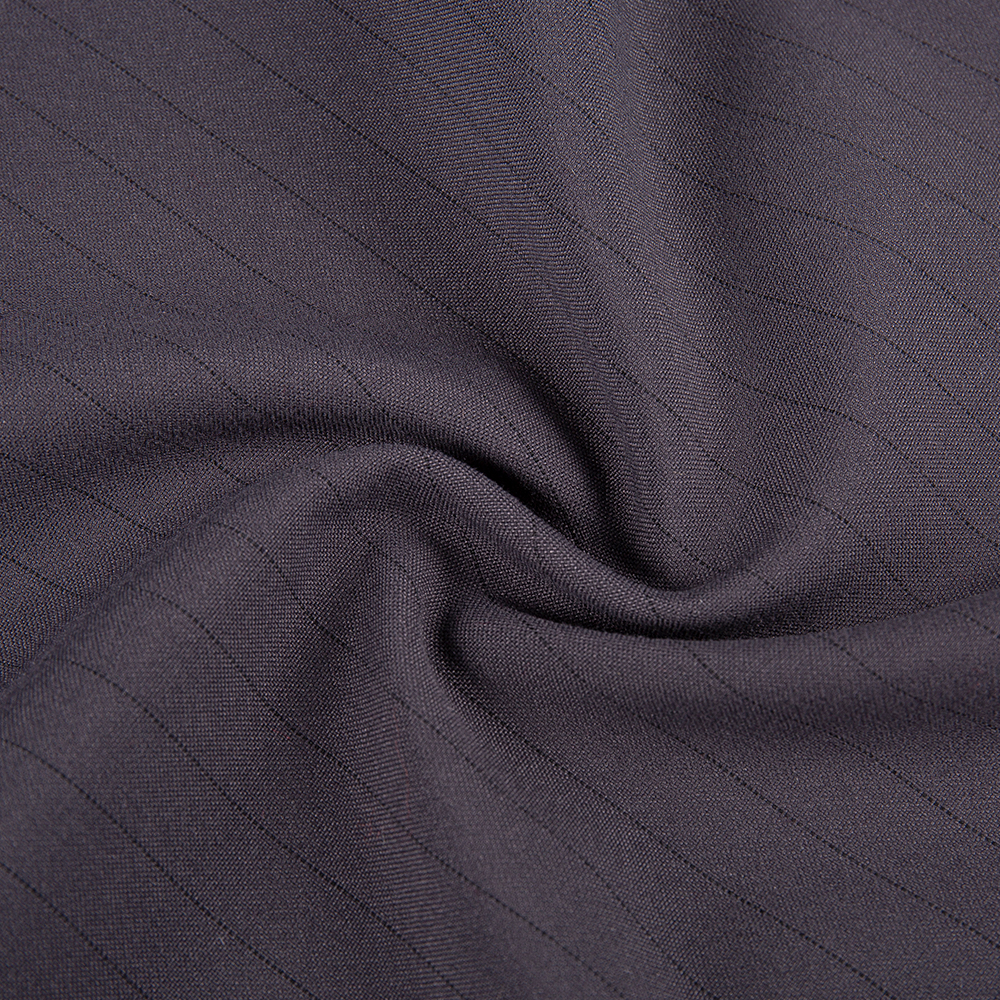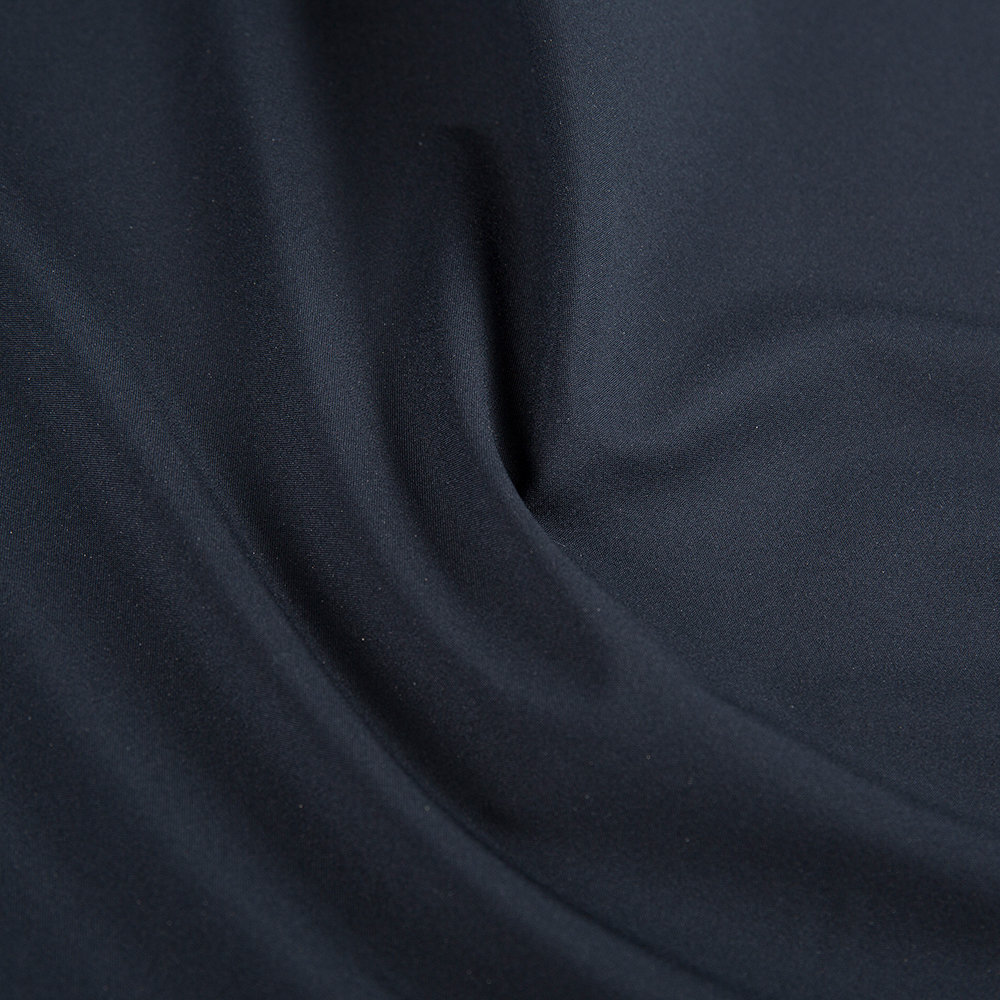Web Menu
Product Search
Industry news
Lightweight outdoor sports fabric research and development: How to take into account the dual needs of high strength and low weight
The urgent demand for high-performance fabrics in the outdoor sports market
The equipment needs of modern outdoor sports enthusiasts have changed significantly, shifting from traditional durability priority to comprehensive consideration of "performance-to-weight ratio". Climbers hope that for every 100 grams of backpack weight is reduced, climbers need clothing that does not affect joint activity, and cross-country runners pursue a zero-burden wear experience. These requirements directly drive the outdoorsports fabrics toward lightweight, but at the same time, it cannot sacrifice the basic protection function of the fabric.
Market data shows that the global professional outdoor sports fabric market size has reached US$9.2 billion in 2023, of which the annual growth rate of ultra-lightweight and high-strength fabrics is as high as 18%, far higher than the 5% growth rate of traditional fabrics. It is particularly worth noting that the outdoorsports fabrics with a weight of less than 40g/m² but with waterproof pressure of more than 3000mm has become the new favorite in the high-end market, with a price premium space of 30-45%.

Revolutionary breakthrough in nanofiber technology
Traditional outdoor fabrics often lose weight at the expense of strength, while the new generation of outdoorsports fabrics has achieved a qualitative leap through nanotechnology. Leading manufacturers use microfibers with a diameter of only 200-500 nanometers to build a three-dimensional mesh structure through electrospinning technology, so that the tear strength of the fabric will be increased by 20% when the thickness is reduced by 50%. The key to this breakthrough technology lies in the orientation arrangement control of nanoscale fibers, so that the stress can be dispersed along the optimal path.
In terms of composite technology, bionic design provides new ideas. Imitating the multi-layer structure of spider silk, we developed the outdoorsports fabrics with gradient modulus—the surface layer is densely waterproof, the middle layer is high in elasticity and energy absorption, and the inner layer is soft and breathable. Tests show that this structure has a 35% puncture resistance improvement over traditional fabrics at the same weight, while dynamic breathability is 40%.
Innovative application of high-strength fiber materials
The innovation of basic materials provides more possibilities for the lightweight of outdoorsports fabrics. The commercialization of ultra-high molecular weight polyethylene (UHMWPE) fibers is an important milestone. This superfiber with a specific strength of 15 times that of steel can be only 1/10 of the hair, making it a reality to make fabrics with extremely low gram weight but amazing strength.
Carbon nanotube reinforced fibers are another cutting-edge technology. The carbon nanotubes are combined with conventional nylon to achieve a outdoorsports fabrics while maintaining softness, the wear resistance is increased by 300%. What is even more exciting is that this material also has excellent electrical conductivity, laying the foundation for the development of smart outdoor clothing.
Structural Optimization and Bionic Design
In addition to the innovation of the materials themselves, the structural design of outdoorsports fabrics has also made great progress. The application of parametric modeling technology allows fabrics to accurately regulate mechanical properties at the micro level. By computer simulation of stress distribution under different braided structures, a directional reinforcement fabric that only provides reinforcement in the direction of stress is developed to realize the design concept of "reinforcement on demand".
Nature also provides rich inspiration for lightweight, high-strength fabrics. The hexagonal hollow weaving method developed by the honeycomb structure has been studied to reduce the weight of the fabric by 25%, while increasing the compressive strength by 50%. The adjustable breathable structure imitating the loose ball scales allows the fabric to automatically open and close the breathable holes according to the ambient temperature and humidity, greatly improving the comfort of wearing.
Coordinated development of environmental protection and performance
The concept of sustainable development is reshaping the research and development direction of outdoorsports fabrics. The breakthrough of bio-based high-strength fibers is particularly eye-catching. The fiber materials extracted from mushroom mycelium have reached 85% of the strength of conventional nylon, while the carbon footprint is only 1/3 of the latter. Polyester fibers recycled from marine recycling plastics have also made significant progress. While maintaining excellent mechanical properties, the latest generation of products has achieved a 100% recycling raw material ratio.
The greening of the production process also results in significant results. Supercritical fluid dyeing technology allows the entire dyeing process to be free from water, while laser treatment replaces traditional chemical coatings, not only eliminates harmful substance emissions, but also further reduces the weight of the fabric by 15%. Instead of sacrificing performance, these environmental innovations have driven the development of outdoorsports fabrics to a higher level.
Customized solutions for special application scenarios
In response to the special needs of different outdoor sports, outdoorsports fabrics presents a highly specialized segmentation trend. Alpine climbing fabric emphasizes the balance between extreme lightweight and tear resistance, and adopts a bidirectional elastic grille structure; water sports fabrics focus on the unity of fast drying and UV resistance, and develop hollow water conduction fibers; polar adventure clothing focuses on the contradiction between warmth and breathability, and innovatively combines aerogel with elastic fibers.
What is worth noting is the rise of urban outdoor series. This type of outdoorsports fabrics requires a balance between business appearance and outdoor performance. The newly developed micro-slide four-sided elastic fabric, which looks like a conventional business fabric, actually has professional performance of 10,000mm waterproof and 5,000g/m²/24h moisture permeability, perfectly adapting to seamless switching from office to countryside.
Future trends and market opportunities
Looking ahead, outdoorsports fabrics will develop in three key directions: adaptive smart fabrics can automatically adjust breathability and support according to the strength of motion; self-repair materials can automatically repair tiny damage, greatly extending product life; carbon-neutral fabrics achieve zero carbon emissions from raw materials to production.
RELATED PRODUCTS
- Textiles
- > Cosplay Fabrics
- > Outdoor and sports series
- > Work Jacket Fabrics
- > Down Jacket Fabrics
- > Women's Wear Fabrics
- > Anti Static And Dust-Free Clothing Fabrics
- About BANYAN
- > Our Story
- > Innovation & Testing
- > Certificate
- Contact
- Address:No.2, Jinlun textile garden, 3rd south ring road, Shengze Town, Wujiang District, Suzhou
- Phone: +86-13913093109
- Email: [email protected]

 English
English 中文简体
中文简体










